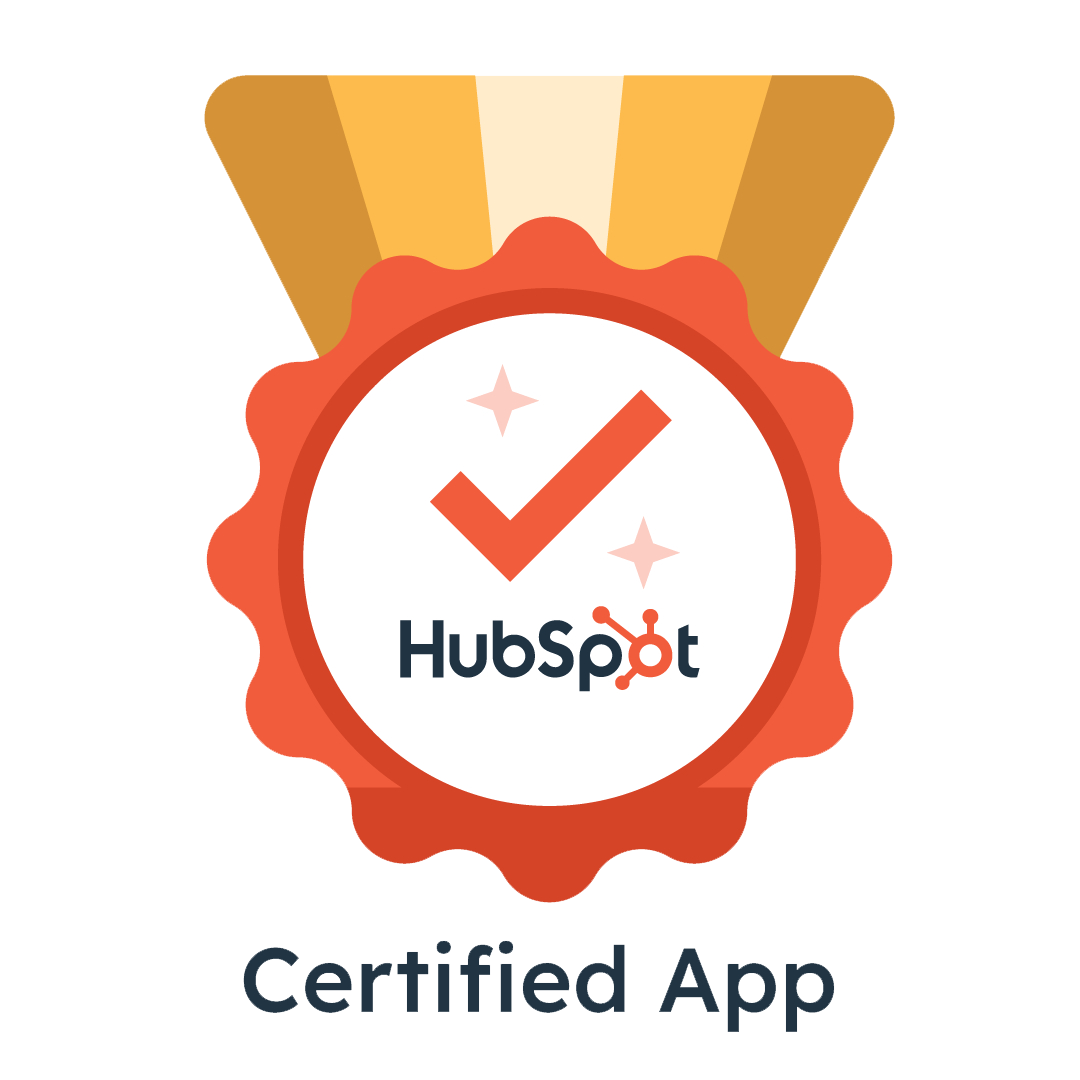Attribution
Attribution
Attribution is a key concept in trade show and event marketing that refers to the process of identifying which marketing efforts or touchpoints contribute to a desired outcome, such as lead generation or sales. Understanding attribution helps marketers and event planners measure the effectiveness of their campaigns and allocate resources more efficiently. By analyzing the various interactions that potential customers have with a brand, businesses can gain valuable insights into what strategies are working and which ones may need adjustment. This understanding is crucial for maximizing the return on investment (ROI) from marketing efforts.
Understanding Attribution in Event Marketing
Attribution involves tracking and assigning credit to various marketing channels and interactions that influence a prospect’s decision to engage or convert. In the context of trade shows and events, this means recognizing which activities—such as email campaigns, social media posts, booth interactions, or follow-up calls—played a role in driving attendee interest or sales. By effectively mapping out these interactions, marketers can create a clearer picture of how potential customers move through the sales funnel.
Effective attribution allows marketers to see the full customer journey rather than just the final action. This insight is crucial for optimizing future events and marketing strategies. It enables businesses to understand not only what led to a conversion but also how different touchpoints work together to influence decision-making. This holistic view can lead to more informed decisions regarding future marketing initiatives and event planning.
Types of Attribution Models
There are several common attribution models used in event marketing, each with its own strengths and weaknesses:
- First-Touch Attribution: Credits the first interaction a prospect has with your brand, such as an initial email invite or social media ad. This model is useful for understanding how awareness is generated.
- Last-Touch Attribution: Gives full credit to the final interaction before conversion, like a booth visit or a demo request at the event. This model highlights the importance of closing interactions.
- Multi-Touch Attribution: Distributes credit across multiple touchpoints, reflecting the entire journey from awareness to conversion. This model provides a more balanced view of how different marketing efforts contribute to the final outcome.
Why Attribution Matters for Trade Shows
Trade shows often involve multiple marketing channels and interactions, making it challenging to pinpoint what drives results. Attribution helps event marketers:
- Identify which channels generate the most qualified leads, allowing for more targeted marketing efforts.
- Understand attendee behavior and preferences, which can inform future event planning and engagement strategies.
- Optimize budget allocation for future events, ensuring that resources are directed toward the most effective channels.
- Demonstrate ROI to stakeholders by linking marketing efforts to tangible outcomes, thereby justifying the investment in events.
Practical Examples of Attribution in Action
Imagine a company promoting its presence at a trade show through email newsletters, social media ads, and direct outreach. Attribution tracking might reveal that most leads came from social media engagement, while email campaigns helped nurture prospects who later visited the booth. This information guides marketers to invest more in social media for future events while refining email content to support lead nurturing. By analyzing these results, companies can make data-driven decisions that enhance their marketing strategies.
Another example is using event management software that tracks attendee interactions, allowing marketers to assign credit to specific sessions or activities that influenced purchasing decisions. This level of detail can help businesses understand which aspects of their event were most engaging and effective, leading to improved planning and execution in the future.
FAQs About Attribution
What is the best attribution model for trade show marketing?
The best model depends on your goals, but multi-touch attribution is often preferred because it provides a comprehensive view of the customer journey by assigning credit to all relevant touchpoints. This model allows marketers to appreciate the complexity of customer interactions and make more informed decisions.
How can I track attribution effectively at events?
Using event management platforms, CRM integration, and unique tracking links or codes can help capture data from various channels and interactions, enabling accurate attribution analysis. These tools can streamline the process of gathering data and provide insights that are essential for understanding the effectiveness of marketing efforts.
Why is attribution important for measuring event ROI?
Attribution links marketing activities to outcomes like leads or sales, helping you understand which efforts deliver value and justify your event investment. By establishing clear connections between marketing actions and results, businesses can refine their strategies and enhance their overall effectiveness in future events.





